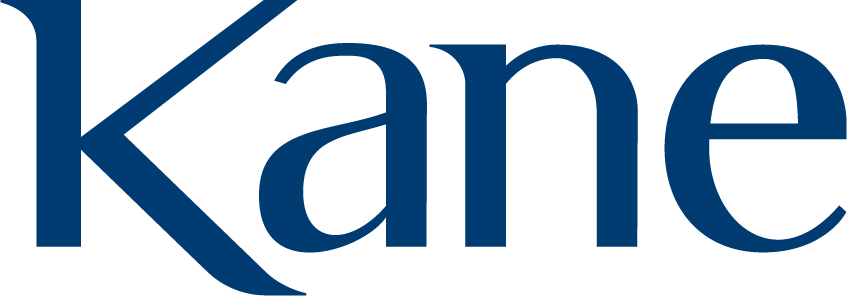How the Sales Pitch Has Changed
In 2009, Oxford Economics USA published a research findings report on the “Return on Investment of U.S. Business Travel.” In it, they found that more than 28% of current business would be lost without in-person meetings.
11 years later, amid a global pandemic, that traditional sales model came to a screeching halt. A global survey of B2B business decision-makers conducted by McKinsey in May of 2020 found that almost 90 percent of all sales have now moved to a virtual sales model. Surprisingly, more than half of those surveyed believe this is “equally or more effective” than sales models used before COVID-19. And many expect the sales model to stay this way for 12+ months into the future.
So, how are they doing it? Without the comped courtside seats to basketball and baseball games, lavish dinners, endless meetings for drinks … or even the “I was in the neighborhood” drop-by’s … some sales executives have found new ways to remain relevant, empathize with their prospects, pivot their pitch and continue closing deals.
In this webinar, we’ll hear from a panel of sales executives to find out what’s working for them (and what’s not) to help them close new deals and win back business lost during the COVID-19 pandemic.
In this webinar, moderated by Kane’s President and CEO, Kimberly Kane, we heard from a panel of sales executives to find out what’s working for them (and what’s not) to help them close new deals and win back business lost during the COVID-19 pandemic.
Panelists included:
Christine McMahon – CEO, Christine McMahon & Associates, LLC.
Steve Palec – Chief Marketing Officer, Irgens
James Burnett – Director of Public Relations, Kane Communications Group
During this webinar, McMahon explained how the U.S. Military Academy’s V.U.C.A. model can be used to capture the reality of the world we’re living in today and how it applies to sales. She also highlighted the importance of protecting the base in order for sales growth to continue. Moreover, Palec shared some of the innovative ways Irgens has embraced digital tools using their most recent development, the BMO Tower, as an example of how virtual tours and video has been used to lease the property. Lastly, a former journalist with experience in the sales and PR industry, Burnett, discussed the importance of building a personal brand in today’s digital world, as well as noted the increasing importance of brand journalism and pinpointed what differentiates it from content marketing.
Following are a few other key takeaways from each of our experts in this webinar:
From Christine McMahon, CEO, Christine McMahon & Associates, LLC.:
“The world today is not the same that it was. You need to go back and empower your salespeople by training them for what the environment is like today. You need to be upskilling them, retraining them and empowering them to negotiate. You need to visit your value proposition and what it means and determine how as a sales organization we can market it. In the past too many salespeople went out and said, ‘This is who we are; this is how great we are; this is why you should buy from us.’ I think we need to invert that and say ‘Help me to understand what’s happening in your business; what’s important to you today?; what’s the number one thing you want to have happen?’ This will help us transition to become better question askers and listeners.”
From Steve Palec, Chief Marketing Officer, Irgens:
“The single best thing anyone can do right now is to be aware. Pay attention to what any individual in front of you at any given moment is asking and going through. You certainly don’t want to be selling something to someone that is berating. You certainly want to be there to provide the services that people want and assure them that they’ll get those. There are so many different lines of industries and the workforce that have to go on. We’re in the midst of completion of construction of a major high rise building - that had to get done and it impacted various people in various ways. There is no one size fits all answer.”
From James Burnett, Director of Public Relations, Kane Communications Group:
“Content marketing is meant to fuel sales—it is meant to provide useful information for potential clients about your product or your service to let them know what it can do for them. While the ultimate goal of content marketing is to generate new leads and make sales conversions, brand journalism on the other hand is not contingent upon the quality of your product or service. While those things are important, brand journalism is meant to help define your brand; help define you; and help inspire or influence credibility or comfort with people in you and in your product. Ultimately the opportunity with brand journalism is to own your story—to take control of your story from the very beginning and determine the direction it goes, rather than waiting for legacy news outlets to report your story and hope that in the process they get it right.”
You can watch the full webinar by clicking play on the video above!
